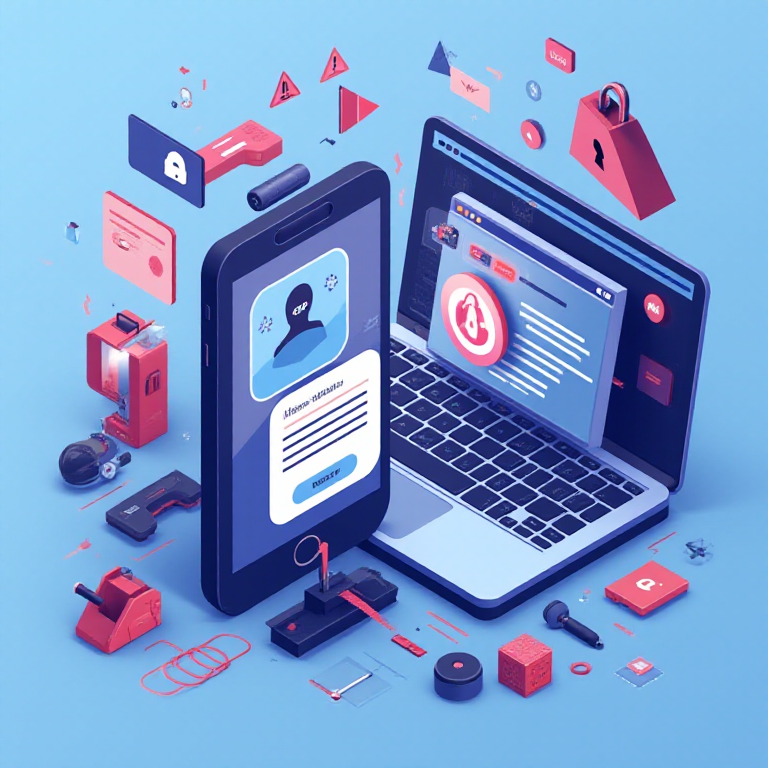Smishing vs Phishing: What’s the Difference and How to Stay Safe Online
Understanding Smishing and Phishing
In today’s digital world, cyberattacks have become increasingly sophisticated. Two common forms of social engineering scams are smishing and phishing. While both aim to steal your sensitive data, they use different delivery methods. Understanding the key differences between smishing vs phishing is essential to protect yourself from online fraud. Knowing the nuances of smishing versus phishing can significantly improve your security posture.
What Is Phishing?
Phishing is a type of cyberattack that typically arrives via email. The attacker pretends to be a legitimate company or organization, urging you to click a link, download an attachment, or input sensitive data like passwords or credit card details. These emails often mimic the branding and language of trusted companies to gain your trust. Comparing smishing and phishing reveals how varied these tactics can be.
Common phishing traits:
- Email looks like it’s from your bank, online store, or tech company
- Urgent tone, such as “your account will be suspended”
- Links that redirect to fake websites
- Attachments containing malware
What Is Smishing?
Smishing, short for SMS phishing, is similar to phishing but delivered through text messages instead of email. These messages often include links or prompts urging you to reply or click, potentially leading to fake websites or the download of malicious software. The tactics used in smishing versus phishing show how attackers adapt to different platforms.
Common smishing traits:
- Messages from unknown or spoofed numbers
- Claims that you’ve won a prize, or your account has issues
- Urgent calls to action like “click to verify” or “reply now”
- Shortened or suspicious-looking links
Key Differences Between Smishing and Phishing
| Feature | Phishing | Smishing |
|---|---|---|
| Delivery Method | SMS/Text message | |
| Common Triggers | Fake alerts, invoices, updates | Delivery issues, account problems |
| Device Targeted | Desktop, email apps | Mobile phones |
| Link Format | Often shows full URLs | Frequently uses shortened URLs |
Why It Matters
Cybercriminals use both the smishing and phishing methods to trick victims into revealing confidential data. A successful attack can lead to:
- Identity theft
- Unauthorized financial transactions
- Account takeovers
- Malware infection
Smishing is growing in the Philippines and other regions due to the increasing use of mobile devices for daily tasks like banking and shopping. Since users tend to trust texts more than emails, smishing is particularly dangerous in comparison to phishing. Smishing versus phishing tactics can be directly linked to the delivery methods attackers choose.
How to Protect Yourself
- Never click on suspicious links in emails or text messages.
- Verify the source by contacting the company directly using official contact channels.
- Don’t share personal information over SMS or email.
- Install security software on both your phone and computer.
- Report smishing or phishing attempts to your telecom provider or the appropriate authorities.
- Check for URL authenticity before logging in to any website.
Final Thoughts
As technology evolves, so do cyber threats. Whether it’s smishing versus phishing attacks, awareness and caution are your best defenses. Recognize the red flags, avoid suspicious messages, and always verify before you trust.




Comments are closed